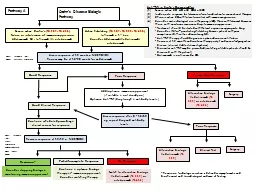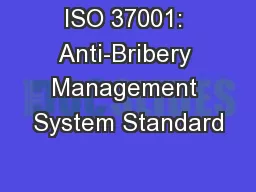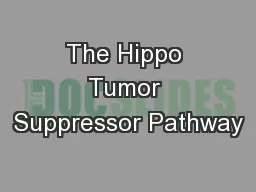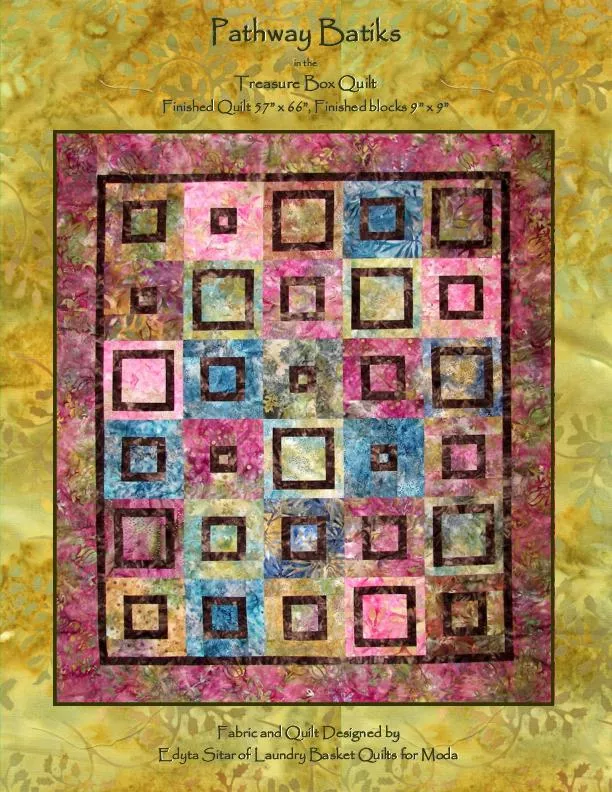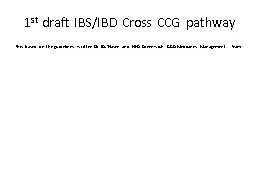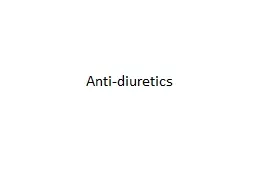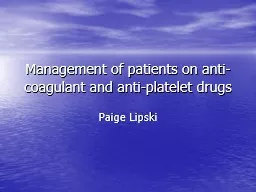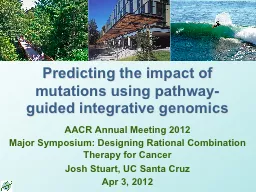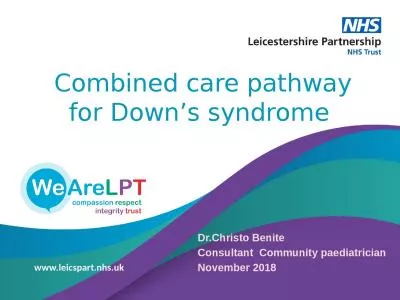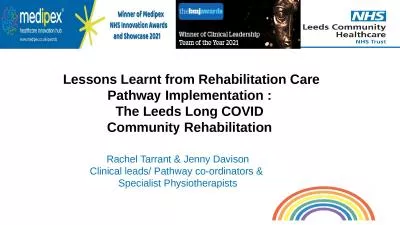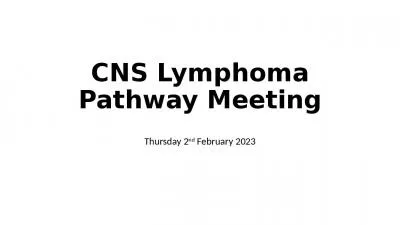PPT-Pathway A Anti-TNFs in
Author : bency | Published Date : 2022-07-13
Crohns Disease used for Severe active CD HBI gt8 CDAI gt300 Inadequate response for tolerance of contraindication to conventional therapies Chronic active CD
Presentation Embed Code
Download Presentation
Download Presentation The PPT/PDF document "Pathway A Anti-TNFs in" is the property of its rightful owner. Permission is granted to download and print the materials on this website for personal, non-commercial use only, and to display it on your personal computer provided you do not modify the materials and that you retain all copyright notices contained in the materials. By downloading content from our website, you accept the terms of this agreement.
Pathway A Anti-TNFs in: Transcript
Download Rules Of Document
"Pathway A Anti-TNFs in"The content belongs to its owner. You may download and print it for personal use, without modification, and keep all copyright notices. By downloading, you agree to these terms.
Related Documents

